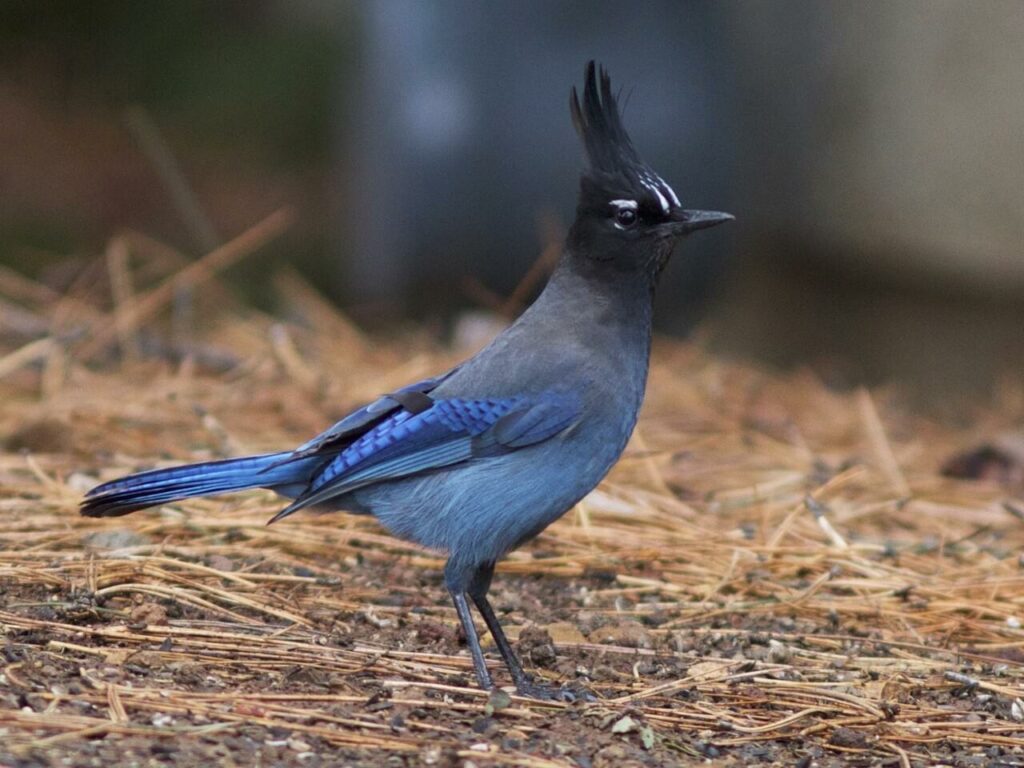These New Bird Names Are Nothing to Flap At!

Photo Credit: Doug Hitchcock/Cornell Macaulay Library
The world of scientific discoveries is an exciting one, and in the early days of our species’ endeavors into the new world, countless settlers, experts, and explorers ventured out in droves with hopes of making a discovery that would cement their names in the history books of tomorrow. But many of these early discoveries and their parties were in the midst of a changing world, with colonies violently expanding across the globe, narrow-minded ideologies gaining traction, and the allure of an undying legacy overtaking human decency and scientific curiosity. Over time, many of these colonizing scientists took interest in the flora and fauna that now surrounded them, leading to many new findings, classifications, and nomenclatures for their discoveries.
And that brings us to the heart of this article: birds. For centuries, many of the birds that flit high above and around us have carried the names of these individuals who, in hindsight, we now recognize were negative figures. In an attempt to rid these avians of the troublesome pasts of their namesakes, the American Ornithological Society (AOS), the world’s preeminent international ornithological group, has announced that all bird species named after people or whose names are rooted in these problematic pasts will be renamed, with a total of around 80 species in primarily the United States and Canada receiving new names.
That’s a big deal! While it can be important to understand context and historical background, it is undoubtedly more important to not be complacent in perpetuating the negative legacies of past figures when we have the ability to move forward with grace and positivity; these birds can just be birds instead of a monument to a violent, prejudiced past. This situation becomes even more necessary when we consider that bird populations continue to decline year after year as a result of climate change, deforestation, urbanized living, equally-dwindling insect populations, pesticides, and other environmental factors.
As AOS president, Colleen Handel puts it:
There is power in a name, and some English bird names have associations with the past that continue to be exclusionary and harmful today. We need a much more inclusive and engaging scientific process that focuses attention on the unique features and beauty of the birds themselves.
American Ornithological Society. 1 Nov. 2023.
Unsurprisingly, changing the names of almost 100 species can be a long and difficult process, especially when records of said species can go back centuries, so this transition may take some time. Additionally, the full list of birds is not available yet as the process is still in its early stages. Here in the Garden, we know that some of our birds like the Steller’s Jay, Woodhouse’s Scrub Jay, and Townsend’s Solitaire are on the list, and we’re ready to embrace what these new names will be! We’ll be sure to update you as more information is shared but for now, be sure to read the AOS’s release on the name changes here, and get outside to see some birds!
